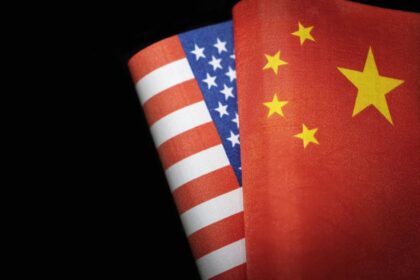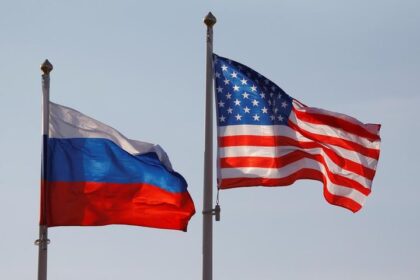For the past few decades, international relations analysts, scholars, and global leaders have all questioned: will the rapid growth of the People’s Republic of China lead to global hegemony? In light of recent international trends, it’s no longer a question of *if* but *when*. The domestic inadequacies and rapid decline of the international prestige of the United States of America coincide with Hegemonic Stability Theory, which presupposes the cyclical transitional nature of international power. During the decline of international trust in American fairness and prestige, the Middle Kingdom stands as a contender due to its rapid military and economic growth.
Furthermore, intergovernmental organizations such as BRICS and various efforts for the de-dollarization of the world economy would eventually free the Chinese economy from the shackles of the American economy. But being the largest economy does not guarantee global hegemony. Geopolitics and mutual cooperation between countries play a huge role in the balance of power. If we view China’s current disposition through the lens of international structural realism and international liberalism, we can predict possible hurdles that China may face on its path to surpassing America.
Under the View of Structural Realism
The theory of structural realism says that the lack of a sovereign figure in the realm of international systems creates competition over resources between states. States recognize the state of anarchy in international systems; hence, they strive to become the most powerful and tend to act selfishly. This whole situation creates a never-ending need to become the most powerful in the region to maintain control over the common resources shared between states.
China’s growing power in Asia directly affects the countries with which China has contentious borders. The southern border of China, around the territories of Aksai Chin (in the west) and Arunachal Pradesh (in the east), has been in dispute with India since October 20, 1962. According to the International Monetary Fund, India had the fifth-largest GDP (PPP) in 2024. For India, China becoming a hegemon could mean losing those territories. Therefore, China’s inclination toward hegemony is a looming threat to India’s territorial integrity.
In China’s east, the China-Taiwan conflict exists. Taiwan’s military forces have been supported by the United States for decades. President Biden, during his presidency, on many instances claimed that in case of an attack, the U.S. would come to Taiwan’s defense.
North of China’s border, we have Russia. China and Russia, after the Cold War, have enjoyed a friendly relationship. But this “not-alliance-but-more-than-alliance” has not always been the case. Russia and China had a border conflict known as the Sino-Soviet border conflict from March 2, 1969, to September 11, 1969. Both Russia and China compete over resources and control over Asia. If China becomes a global hegemon, it would mean a lion’s share of Asian resources and control would go to China. Right now, American hegemony does not encroach on the Asian market and resources directly, but that would not be the case with Chinese hegemony.
North Korea borders China in the west. Since their inception in 1948 and 1949, respectively, both countries have enjoyed a harmonious relationship. But beneath the surface-level calm of the ocean, there has been a border dispute shaping their relations since 1950. North Korea and China have been in a tug-of-war over control of Paektu Mountain. Additionally, they have both claimed joint ownership of the Yalu and Tumen Rivers, which constitute the border between them. This ambiguous demarcation across the border would ultimately put North Korea’s border at the mercy of China if China becomes a global hegemon.

Under the View of International Liberalism
Where international realism is based on a dominance approach, the theory of international liberalism believes that international cooperation happens due to common ideals and mutual benefits. According to the theory of international liberalism, countries that practice fair and free elections and prioritize human rights in their national affairs would act the same on the international stage and strive to construct and protect international institutions that promote these values.
Another theory supporting international liberalism is Democratic Peace Theory, which claims that as democratic countries promote human rights and free and fair elections domestically, they would uphold the same ideals in the international realm. Additionally, countries with the same values would respect each other, resulting in peaceful cooperation.
If we follow the view of international liberalism, we find China in a solitary position based on its ideals and internal governmental structure. Other countries do cooperate with China on the basis of mutual benefit, but the prospects dry up when it comes to ideals-based cooperation.
From a geopolitical standpoint, China is surrounded by countries such as India, Russia, North Korea, Kazakhstan, Mongolia, and Myanmar, etc. These countries do not share a common culture, race, or language. This barrier is further heightened by China being one of the four socialist countries in the world.
Concluding Thoughts
The strength of a country does not solely rely on the power of its economy. For China to become a hegemon, it requires other countries to trust and rely on China for more than transactional benefits. China’s geopolitical location, its cultural disposition, and its status as a socialist state cause other countries to be wary of China in power. The state of anarchy in the international landscape and China’s overall cultural, social, and political position would be the biggest obstacles on China’s path to becoming a global hegemon rather than simply surpassing the American economy.
















